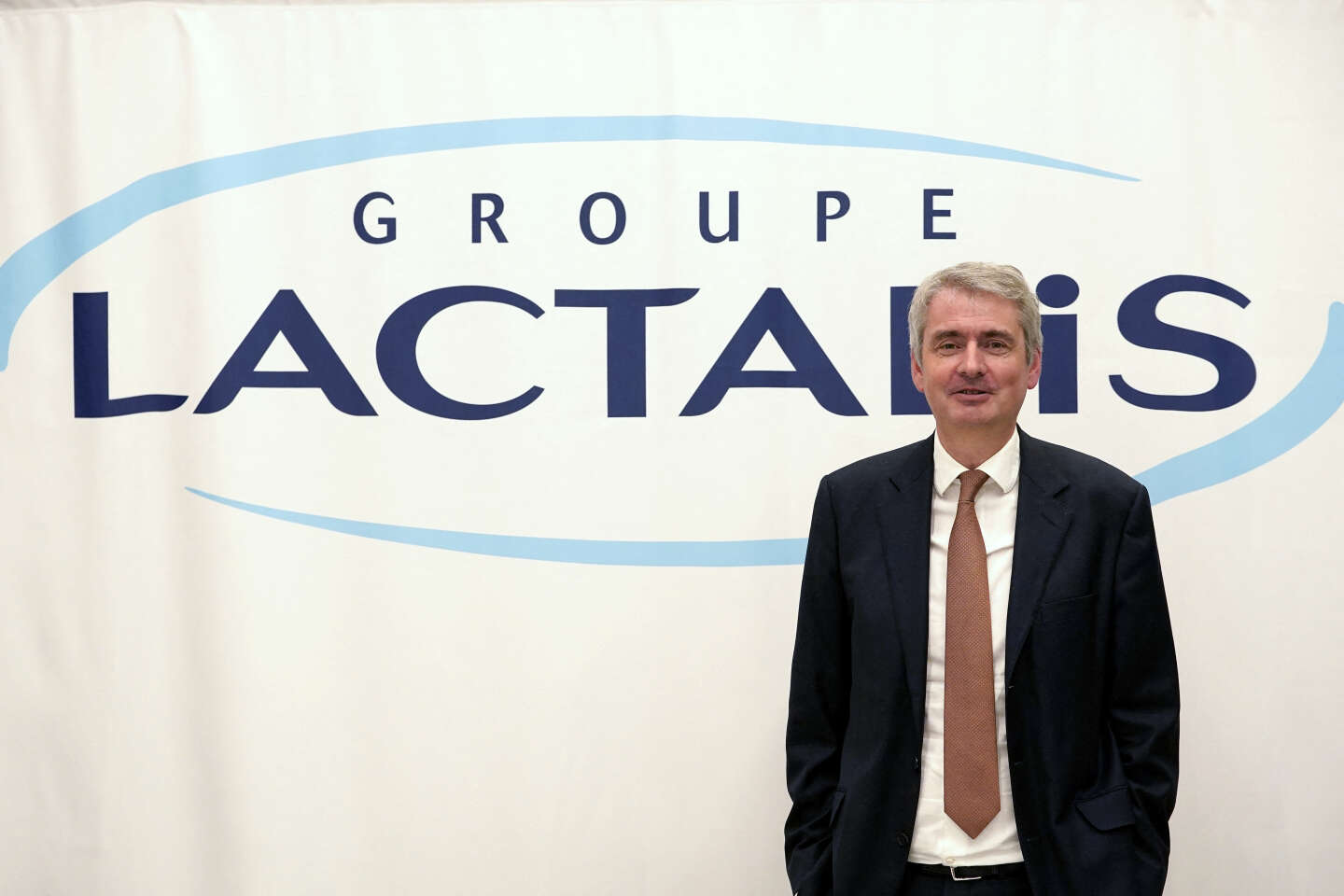With 10,000 euros in A savings account in 2010, how much would you have saved today?

Since 2010, the Livret A rate has varied widely. Reassessed several times a year, today we are interested in the amount we could have accumulated from 2010 to 2024 with an initial capital of 10,000 euros.
By combining interest benefits and financial depreciation, we provide a realistic perspective on the present value of this investment, highlighting the effectiveness of Leverate A as a savings vehicle in a fluctuating economic environment.
The evolution of the Leverate A rate from 2010 to 2024 shows significant adjustments in response to economic conditions, including changes in deposit limits.
During this period the rate rose from 1.75% in 2010 to a peak of 3% in 2023, before stabilizing at 3% in 2024, until 2025.
At the same time, the deposit limit increased from €15,300 to €22,950 in 2010, indicating a desire to encourage savings.
Here is a summary table of annual rates and deposit ceilings for a clear visualization of this development.
| Date | Livret a rate | Deposit limit |
|---|---|---|
| August 1, 2010 | 1.75% | €15,300 |
| February 1, 2011 | 2.00% | €15,300 |
| August 1, 2011 | 2.25% | €15,300 |
| October 1, 2012 | 2.25% | €19,125 |
| February 1, 2013 | 1.75% | €22,950 |
| 1st August 2013 | 1.25% | €22,950 |
| August 1, 2014 | 1.00% | €22,950 |
| August 1, 2015 | 0.75% | €22,950 |
| February 1, 2016 | 0.75% | €22,950 |
| August 1, 2016 | 0.75% | €22,950 |
| February 1, 2017 | 0.75% | €22,950 |
| August 1, 2017 | 0.75% | €22,950 |
| February 1, 2020 | 0.50% | €22,950 |
| February 1, 2022 | 1.00% | €22,950 |
| August 1, 2022 | 2.00% | €22,950 |
| February 1, 2023 | 3.00% | €22,950 |
| February 1, 2024 | 3.00% | €22,950 |
10,000 euros on your Livret A in 2010, how much in 2024?
To calculate the evolution of a 10,000 euro investment in Leverate A from 2010 to 2024, we used a compound interest formula applied year by year, taking into account rate variations.
Here is the annual change in gross value savings, reflecting the cumulative amount at the end of each key period:
| Period End Date | Accumulated value (€) |
|---|---|
| February 1, 2011 | 10,087.50 is |
| August 1, 2011 | 10,188.38 |
| August 1, 2012 | 10,417.61 |
| February 1, 2013 | 10,534.81 |
| 1st August 2013 | 10,626.99 is |
| August 1, 2014 | 10,759.83 is |
| August 1, 2015 | 10,867.43 |
| February 1, 2020 | 11,234.20 |
| February 1, 2022 | 11,346.54 |
| August 1, 2022 | 11,403.28 |
| February 1, 2023 | 11,517.31 |
| February 1, 2024 | 11,862.83 is |
In about 15 years, with a capital of 10,000 euros, you would have accumulated just €1,862.83, an increase of 18.63%.
This increase seems ridiculous when we know that the CAC 40, for example, has increased by approximately 97% during the same period.
If you had invested this €10,000 in January 2010 in an asset that replicated the performance of the CAC 40, you would have more than €19,700 (before tax) today.
To invest correctly, take advantage of 24-hour support from experts on the No. 1 platform in France (Source: Financial statements published in October 2022):
IG is an advanced platform where you can invest in products related to stock market, commodities, cryptocurrencies etc. Investments involve risks, profits are not guaranteed.
Leverage does not protect against inflation
In a decade marked by economic turmoil, inflation in France has eroded purchasing power, silently eroding savings.
With the cumulative inflation rate approaching 24% since 2010, the average saver sees his capital depreciated, facing a brutal reality where saved money loses its weight. Sure, you would have earned €1,862.83 thanks to Liverate A since 2010, but the value of this money would have decreased by 24%.
This observation begs the question: Is Livret A, once a favorite savings product, still sufficient to protect our savings against the ravenous inflation that threatens our hard-earned savings?





